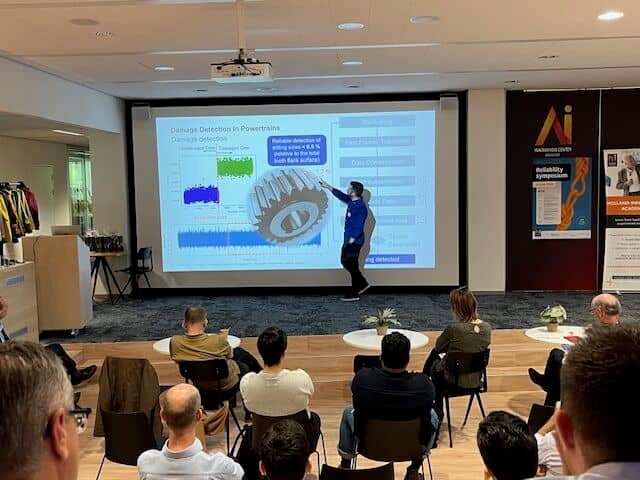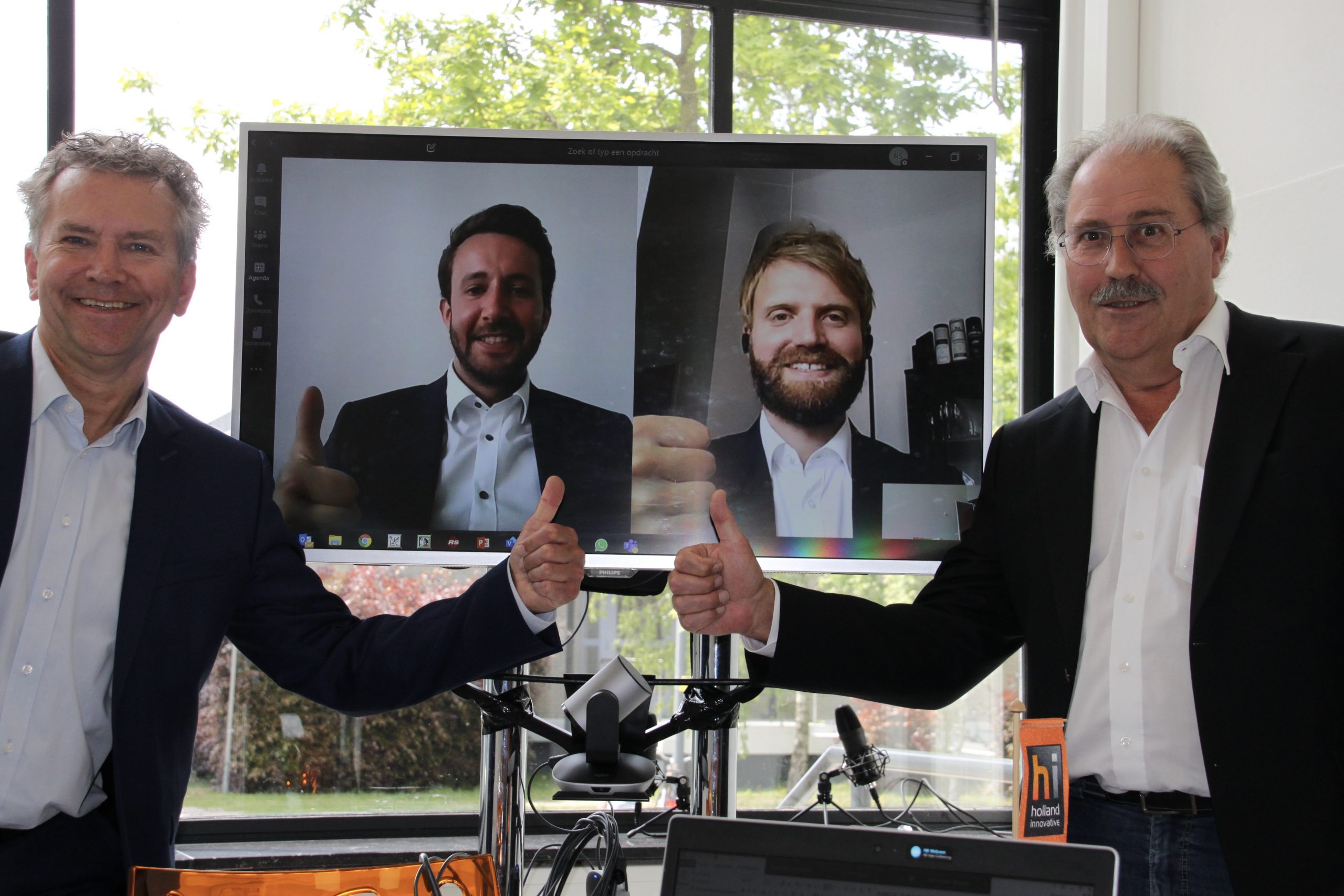
A tiny crack in gear teeth can ultimately cause significant problems in big machines. Unless you discover such a malfunction, even if it’s invisible to the human eye, very early. This is called predictive maintenance, a concept that was at the heart of the presentation that the University of Stuttgart’s Dr. Ing. Martin Dazer gave at the recent Reliability Symposium hosted by Holland Innovative.
The groundbreaking advancements in the availability and reliability of high-power drivetrain applications stood as a lighting example. His insights, drawn from intensive research and practical applications, are set to transform industries reliant on these systems, such as those in the operation of wind turbines.
Why is this important?
Dr. Dazer’s presentation at the Holland Innovative event showcased the transformative potential of predictive maintenance and adaptive operating strategies for high-power drivetrains. As industries continue to embrace these innovations, the future promises greater efficiency, reliability, and sustainability in high-power applications.
“The reliability of high-power drivetrains, like in wind turbines and automotive applications, is crucial. Failures can lead to significant downtime and financial losses,” Dr. Dazer emphasized as he began his talk. Highlighting the intersection of predictive maintenance and innovative operating strategies, he presented a compelling case for the future of drivetrain technology.
Dr. Dazer’s work focuses on the early detection and prediction of system failures using advanced modeling and machine learning techniques. He explained that approximately 70% of drivetrain failures occur within the powertrain, with 30% of these in the gearbox and generator. This critical insight underscores the importance of robust predictive maintenance systems.
One of the key highlights of Dr. Dazer’s presentation was the introduction of a new program package called Realist. This tool utilizes Monte Carlo simulations to model and adjust system availability, offering a sophisticated approach to effectively balance reliability and maintenance costs.

Predictive maintenance: a game changer
Dr. Dazer delved into the specifics of predictive maintenance, explaining how it allows for the early detection of potential failures. By monitoring the health of a system and mapping degradation processes, it’s possible to predict the remaining useful life of components. This capability is especially vital for offshore wind turbines, where accessibility issues can exacerbate downtime and reduce energy production.
“We use high-frequency sensors and machine learning models to detect minute changes in vibration responses,” Dr. Dazer elaborated. “This method enables us to identify early signs of damage, such as pitting in gear teeth, far sooner than traditional methods.”
In practical tests, Dr. Dazer’s team successfully detected damage as small as 0.4% of the tooth flank size, compared to the standard 4% typically recognized as a failure. This early detection allows for more strategic maintenance planning, significantly reducing downtime and associated costs.

Adaptive operating strategies
Beyond predictive maintenance, Dr. Dazer introduced an adaptive operating strategy designed to maximize the remaining useful life of damaged components without reducing power output. This innovative approach involves modulating torque in a sine function over the gear’s circumference, reducing the load on pre-damaged areas.
“Wind turbines currently reduce power output when damage is detected to prolong component life,” Dr. Dazer explained. “Our strategy allows turbines to maintain full power output while mitigating further damage, thus enhancing overall efficiency.”
Simulations have shown that this strategy can increase the remaining useful life of components by up to 45%, presenting a significant advantage for wind turbine operators.
Industry implications
Dr. Dazer’s research has broad implications beyond wind turbines. His reliability methodologies already benefit the automotive industry, particularly in load spectra and test planning. The Realist program and predictive maintenance techniques are poised to be game-changers across various high-power applications.
Looking ahead, Dr. Dazer and his team are collaborating with major companies in the transmission and wind turbine sectors to implement these innovations in real-world scenarios. They aim to develop autonomous systems capable of detecting damage and adjusting operating strategies without human intervention.
Dr. Dazer’s presentation at the Holland Innovative Symposium showcased the transformative potential of predictive maintenance and adaptive operating strategies for high-power drivetrains. As industries continue to embrace these innovations, the future promises greater efficiency, reliability, and sustainability in high-power applications.

